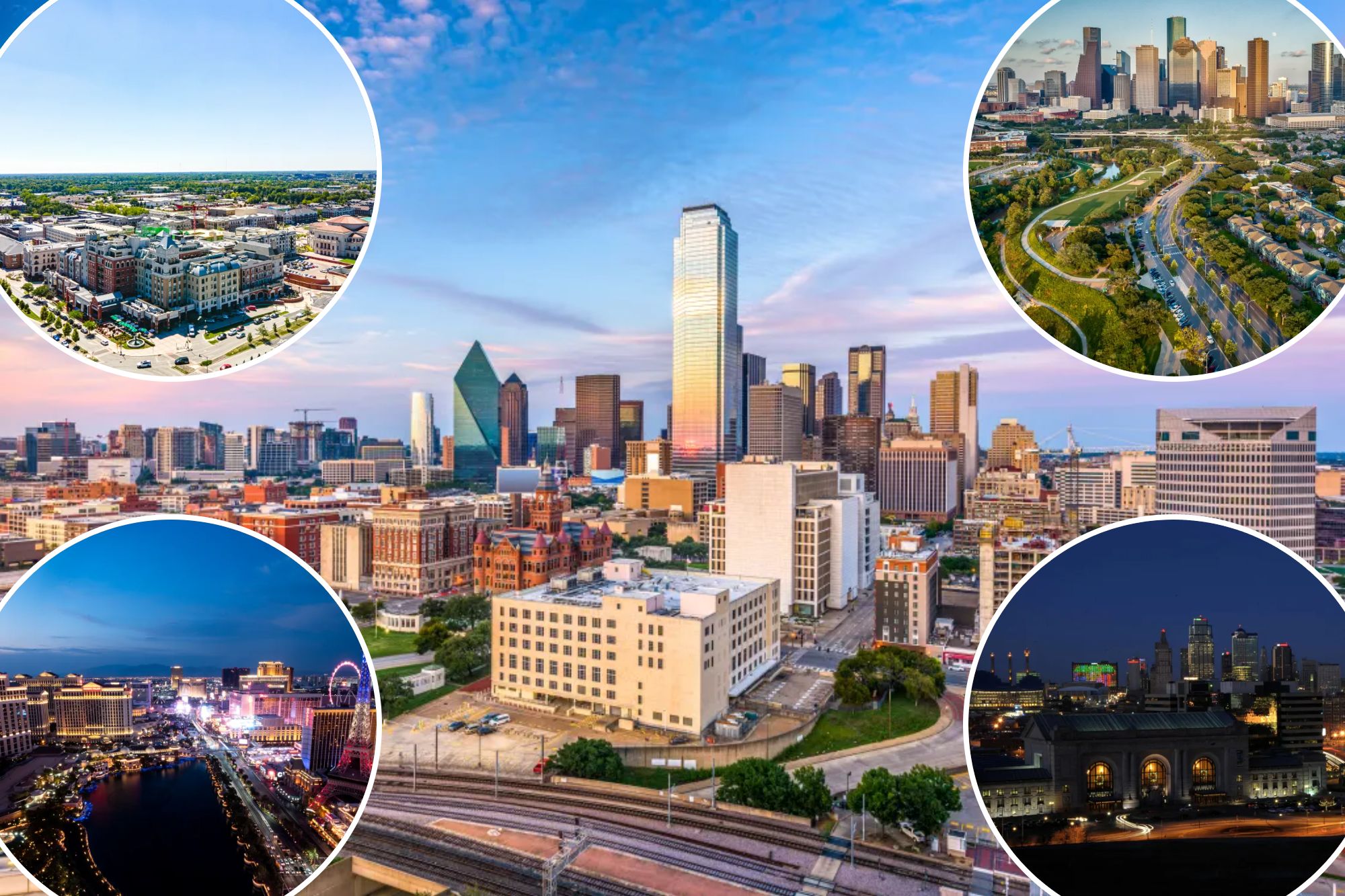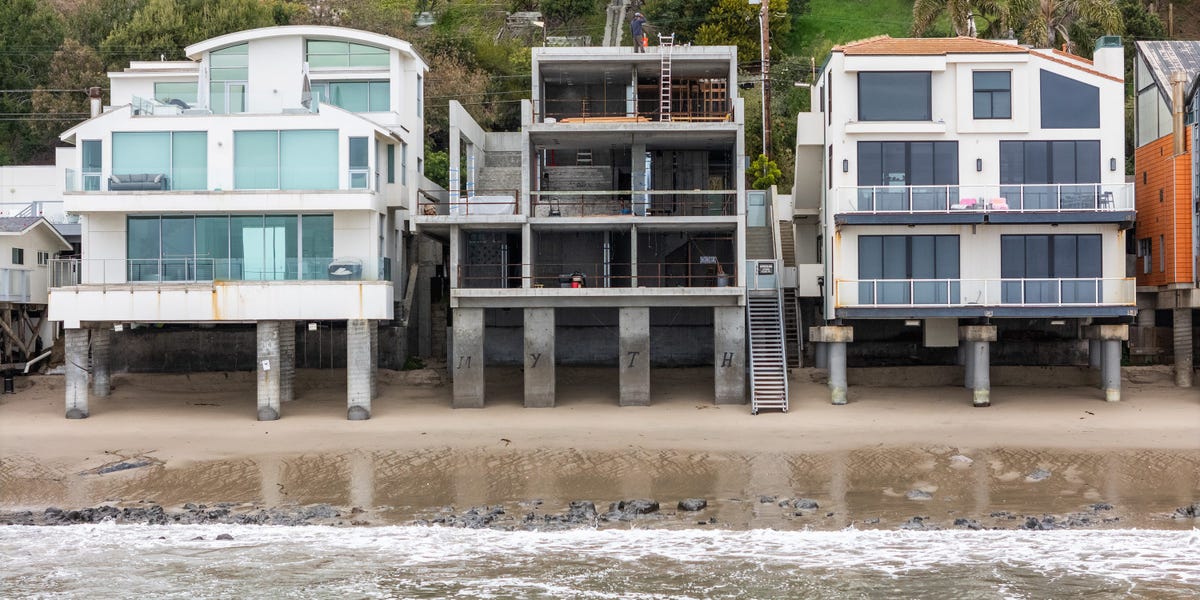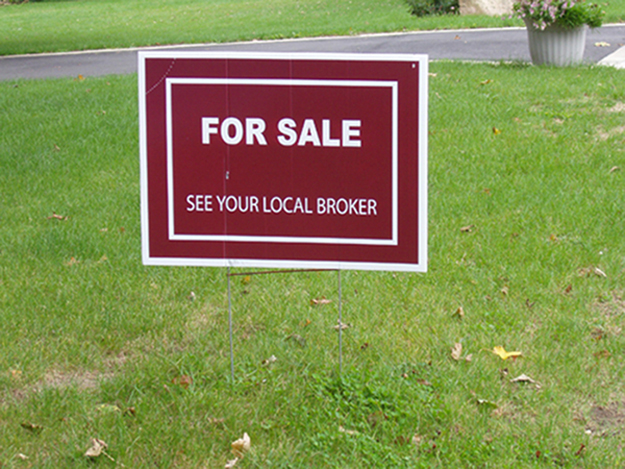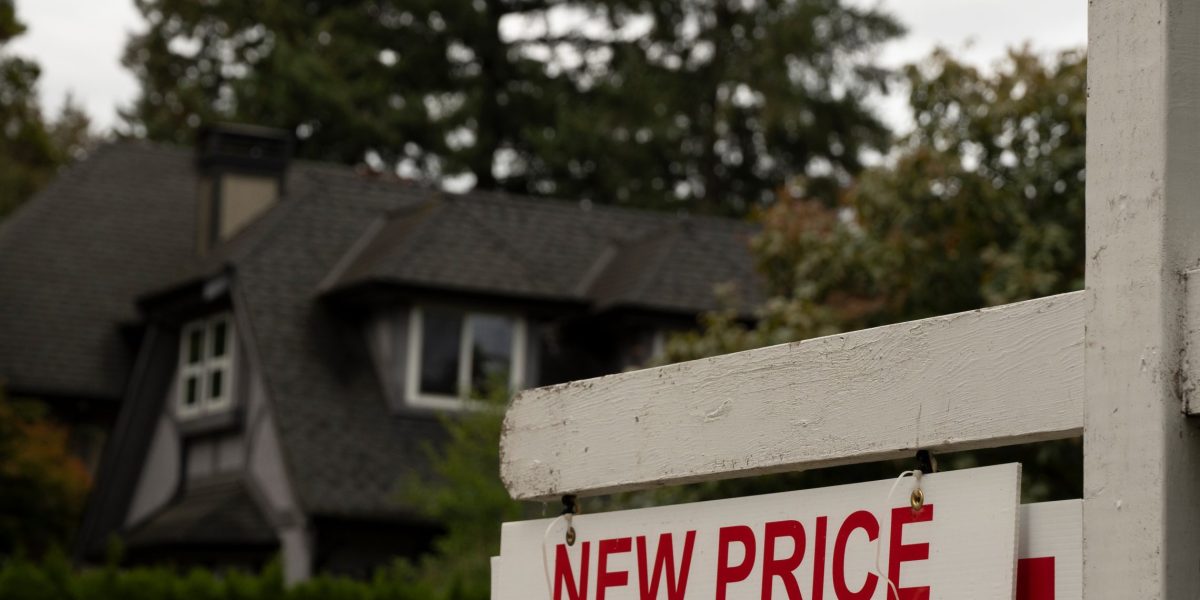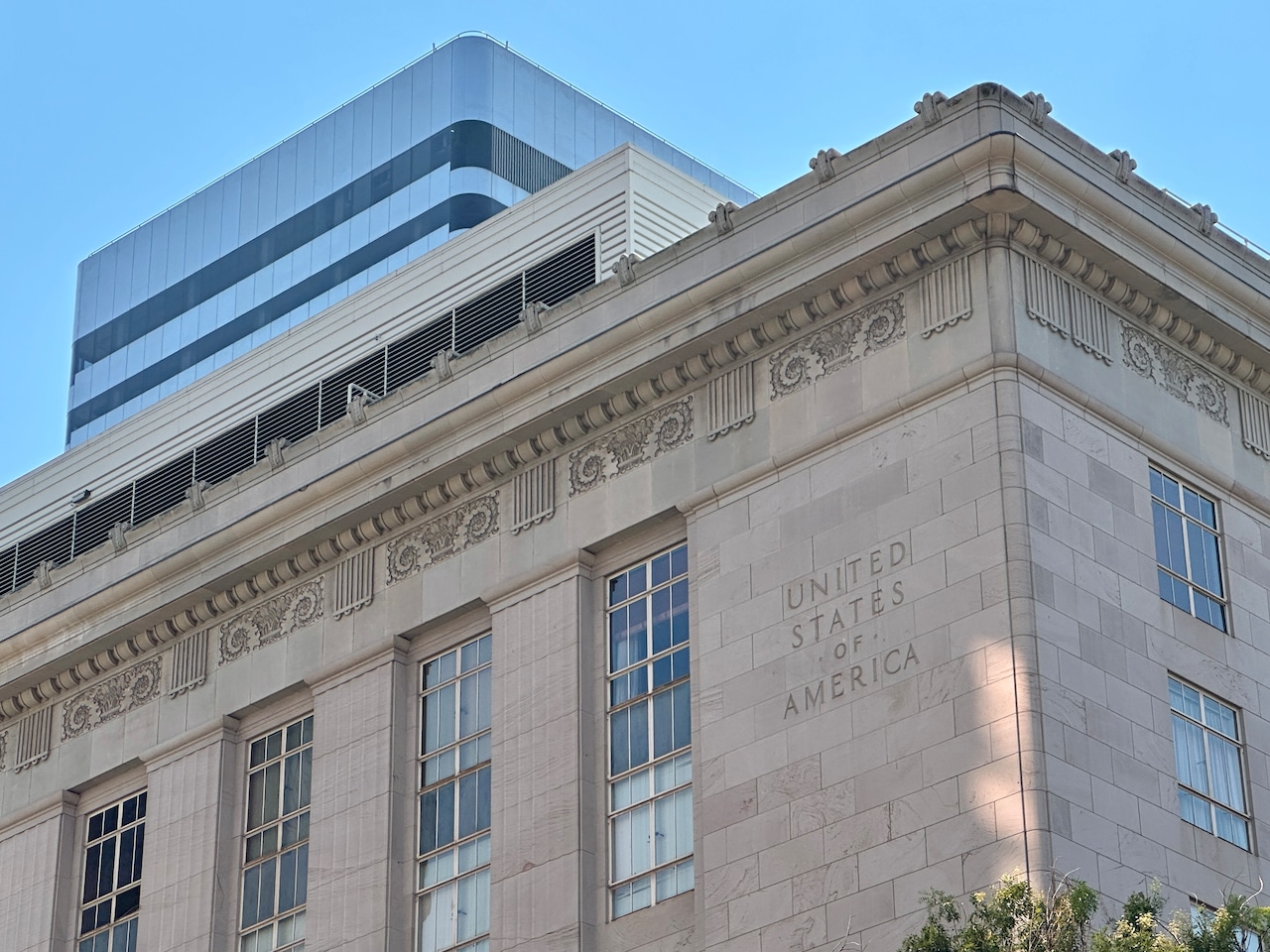R
etail real estate has long been shaped by shifting consumer habits and economic cycles. In the 1970s, department store-anchored malls dominated suburban landscapes, but by the 1990s, category killers like Lowe's and Home Depot had redefined shopping patterns. Despite significant population growth over the past two decades, retail construction has lagged behind, with new development slowing to a trickle.
Historically low vacancy rates have created a supply-demand imbalance, fueling a surge in retailer activity and interest in strategic development. Large national retailers like Walmart and Target are expanding, while value retailers like TJX and Ross continue to aggressively grow their footprints. Food and beverage brands like Chipotle and Dutch Bros are on the hunt for hundreds of new locations.
A creative trend among food and beverage brands involves targeting existing freestanding QSR sites with drive-thru entitlements as a faster, more cost-effective way to secure prime real estate. These properties offer favorable rents in high-traffic areas and come with existing infrastructure, saving time and resources during redevelopment. The rising cost of new construction is driving up shop space rents, but the sales generated by these locations justify the costs.
The availability of freestanding space is on the rise, and investors are taking notice. After years of neglect, retail real estate has become a more attractive investment opportunity due to its durability. With a growing pipeline of projects and an uptick in new deliveries and starts across major metros, retail development is finally rebounding. Good retail estate is continually reimagined to reflect changing lifestyles, preferences, and patterns, ensuring that when done right, it will always be occupied.

